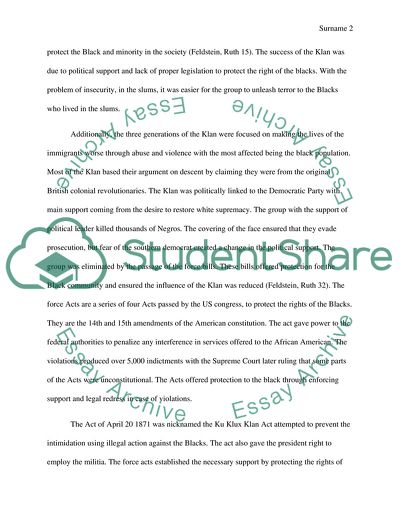Cite this document
(The Civil Rights Movement Essay Example | Topics and Well Written Essays - 1750 words, n.d.)
The Civil Rights Movement Essay Example | Topics and Well Written Essays - 1750 words. https://studentshare.org/history/1848914-how-the-civil-rights-movement-was-in-new-york
The Civil Rights Movement Essay Example | Topics and Well Written Essays - 1750 words. https://studentshare.org/history/1848914-how-the-civil-rights-movement-was-in-new-york
(The Civil Rights Movement Essay Example | Topics and Well Written Essays - 1750 Words)
The Civil Rights Movement Essay Example | Topics and Well Written Essays - 1750 Words. https://studentshare.org/history/1848914-how-the-civil-rights-movement-was-in-new-york.
The Civil Rights Movement Essay Example | Topics and Well Written Essays - 1750 Words. https://studentshare.org/history/1848914-how-the-civil-rights-movement-was-in-new-york.
“The Civil Rights Movement Essay Example | Topics and Well Written Essays - 1750 Words”. https://studentshare.org/history/1848914-how-the-civil-rights-movement-was-in-new-york.


